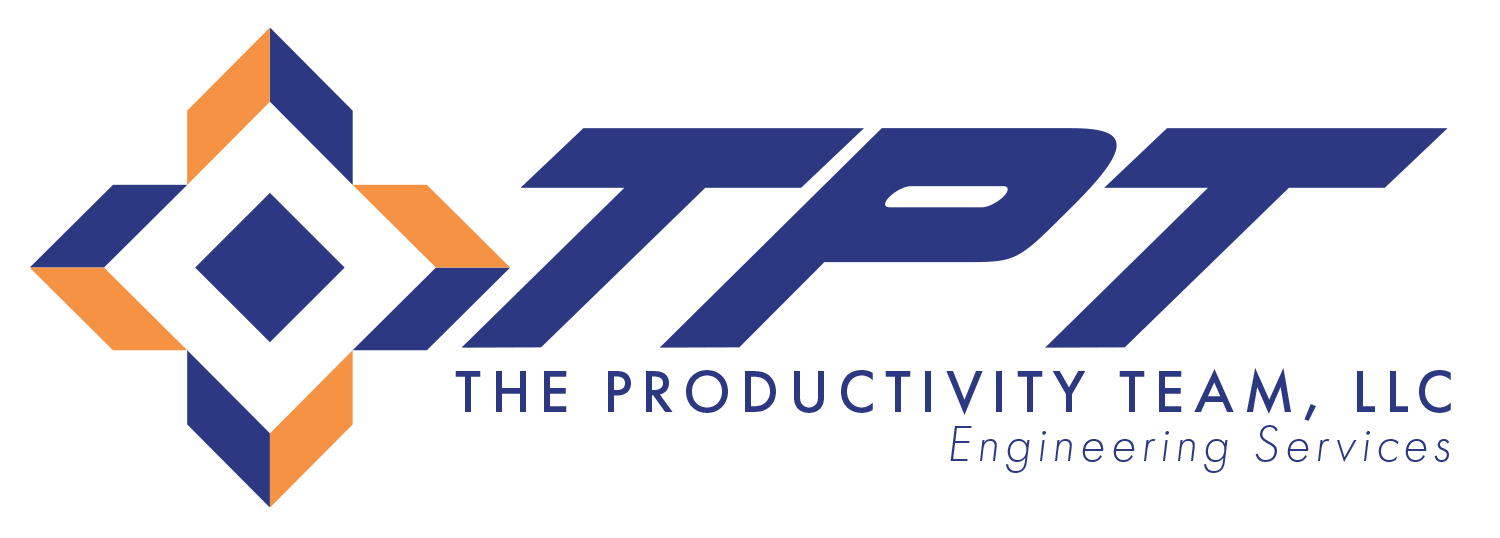In today’s world, the manufacturing process has become complex, and mass production of goods has presented a number of challenges. While some businesses thrived by making a lot of money, others struggled because they can’t comprehend how to cut costs and increase productivity. Many manufacturers are attempting to master lean manufacturing in order to overcome this situation.
What exactly is Lean Manufacturing?
The history of lean manufacturing is based on the history of Japanese manufacturing techniques, which are now used globally in a variety of industries. Lean Manufacturing provides a competitive advantage to manufacturers by improving production, managing time, controlling waste, and ensuring overall equipment effectiveness.
The use of Lean Manufacturing in various industries has grown rapidly in recent years. The goal of Lean Manufacturing is to reduce waste in order to be more responsive to customer demand. Lean Manufacturing aims to produce products and services at the lowest possible cost and as quickly as possible.
The Advantages of Lean Manufacturing
- Improved employee morale
- Job satisfaction
- Effective decision-making
- Improve output
In line with the SDGs, lean manufacturing advocates for waste elimination. In other words, the bare minimum of equipment, materials, and time required to add value to the product is critical. The following are the best lean manufacturing practices for increasing productivity.
Top Ten Tips
- Examine the current procedure.
The first step toward productivity is to assess an organization’s current situation. This assessment includes personnel, facilities, products, and services. This is done to apply lean to the organization’s strengths and weaknesses.
- Supply chain knowledge
Understanding the supply chain is critical to successful lean manufacturing. In fact, appropriate chain knowledge facilitates the lean implementation process.
- Changes should be analyzed and designed.
Identify relevant issues and Analyzes data gathered. For example, what stops distributions from flowing.
- Assemble a multi-skilled team
Together, everyone accomplishes much. Yes, it is critical to use an experienced team to manage the implementation process. In order to master lean manufacturing, a lean expert team is critical to the process.
- Make modifications
We have the ability to change many aspects of our manufacturing processes, from how we develop the initial product and process design and ensure compliance to how we design to operate a completed facility.
- Get close to your clients.
Create a positive relationship with your customers. Also, any customer dissatisfaction should lead to new ideas and actions to improve on.
- Produce as needed
Although mass production may be associated with mass profit. In some cases, however, mass production is equivalent to waste. As a result, in order to avoid waste, it is necessary to produce on demand.
- Define value before eliminating waste.
To increase your company’s productivity, you must provide quality products (value) to your customers. Furthermore, the principles of lean manufacturing (i.e. waste elimination) should apply to every specific manufacturing process within that industry.
- Aim for perfection.
Simply put, establish company goals. Good is never enough; always strive for perfection.
- Make an assessment
Evaluate lean practices in various areas to establish a baseline for the organization. This helps track the extent of lean implementation efforts.
Conclusion
It is clear that manufacturing processes in various industries are being improved by employing relatively simple techniques. Furthermore, it is possible to conclude that this improvement and productivity are inextricably linked to lean manufacturing.
Contact Us to Learn More About TPT
TPT is the leading provider of facility planning and engineering services. Contact us today to speak with one of our planning and engineering specialists.
